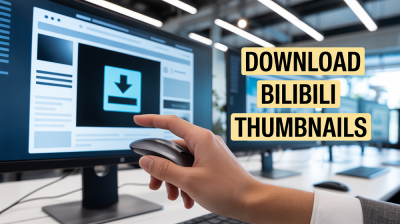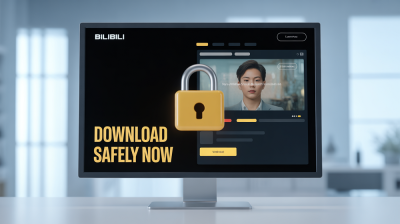Creating a paper wallet might sound a bit old-school in our digital age, but it's a fantastic way to secure your cryptocurrencies. Whether you're a seasoned trader or just starting, having a physical backup can provide peace of mind. In this guide, we’ll walk you through the simple steps to craft your very own paper wallet, ensuring you understand the concept and the importance of keeping your digital assets safe. Let’s dive in!
What is a Paper Wallet?
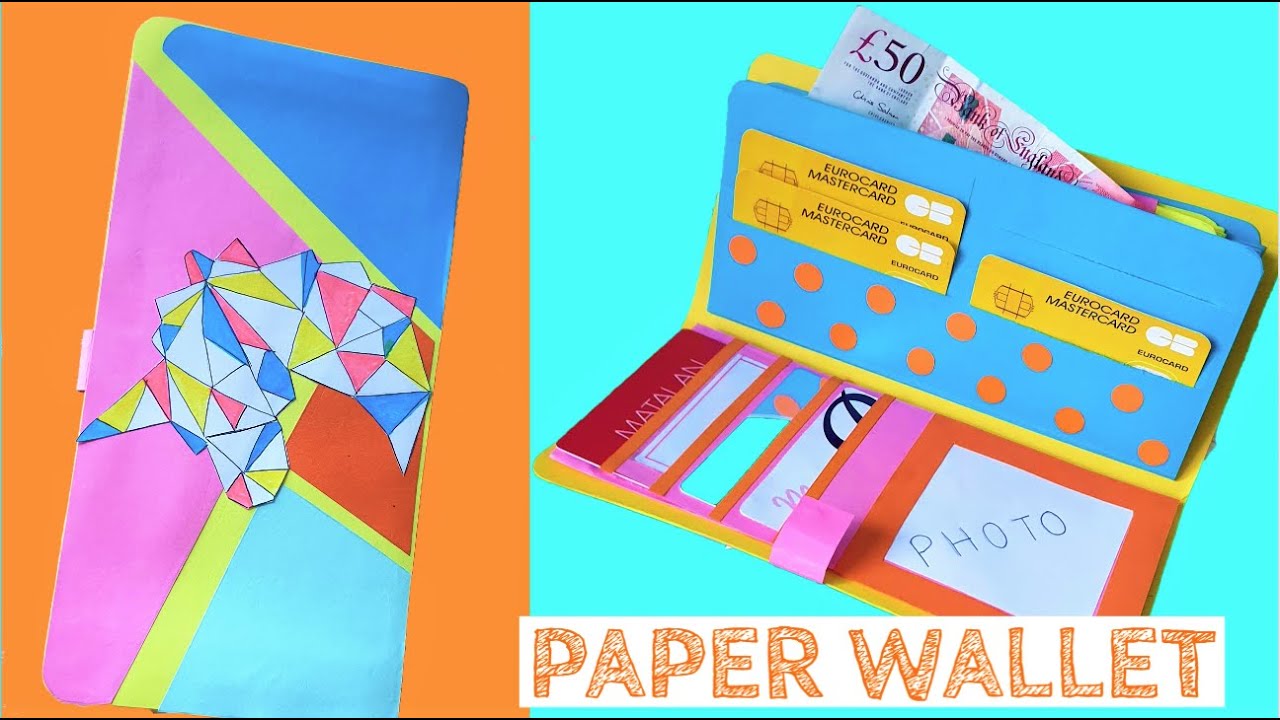
A paper wallet is a physical document that contains your cryptocurrency's public and private keys. Unlike a digital wallet that’s stored on your device, a paper wallet allows you to keep your keys offline, minimizing the risk of hacking or malware attacks. Here’s a breakdown of what that means:
- Public Key: This is your wallet's address, like an email address that others can use to send you cryptocurrency. You can share it freely!
- Private Key: This is the secret code that allows you to access and manage your funds. It's essential to keep this confidential, as anyone with your private key can control your assets.
One of the best things about paper wallets is their simplicity. They can be generated offline, printed out, and stored securely without the need for any digital device. This makes them incredibly resilient against online threats. However, it’s crucial to keep your paper wallet safe from physical damage, such as fire or water, and to make copies if needed.
In summary, a paper wallet is like a safety deposit box for your cryptocurrencies, combining the best of both worlds—digital assets secured in a physical format!
Also Read This: How to Make a Rose with a Pencil: Unique Craft Tutorial on Dailymotion
3. Materials Needed
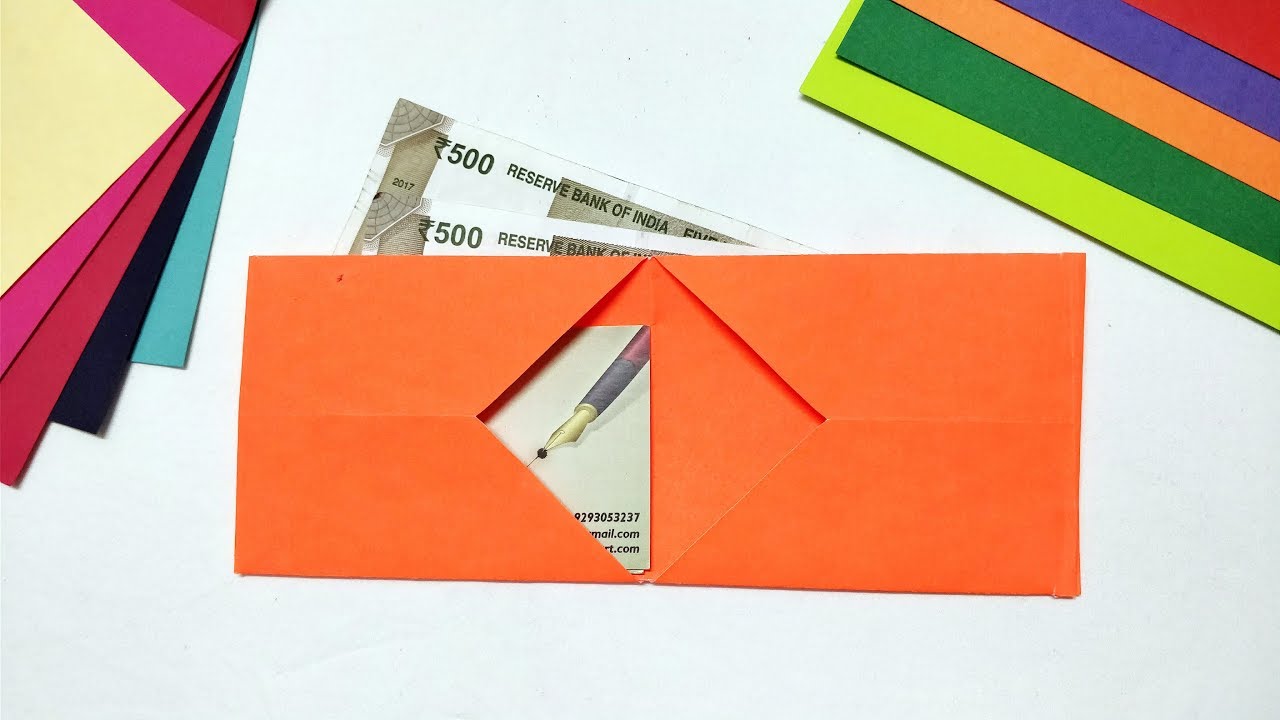
Creating a paper wallet is a straightforward process, but you'll need a few essential materials to get started. Here's a handy list to ensure you have everything at your fingertips:
- Computer or Smartphone: You'll need a device with an internet connection to generate your wallet securely.
- Printer: A printer is essential for printing your wallet. A color printer is ideal, but a black-and-white one will work too.
- Paper: Use thick, high-quality paper or cardstock. This helps your wallet last longer and remain intact.
- Scissors: You'll need scissors to cut out your wallet after printing.
- Envelope or Container: To store your paper wallet safely, an envelope or small container is recommended.
- Internet Security Tools: Consider using a VPN or a trusted network to ensure your connection remains secure while generating your wallet.
Optional but recommended materials include:
- Sealable Plastic Sleeve: To protect your paper wallet from wear and tear.
- Backup Method: A secure method to note down your private keys or backup seed phrase in case your wallet gets damaged.
By gathering these items, you'll be all set to create your very own paper wallet. Now, let’s jump into the first step of the process!
Also Read This: How to Make Dairy Milk Chocolate at Home: Homemade Recipe on Dailymotion
4. Step 1: Generating Your Wallet
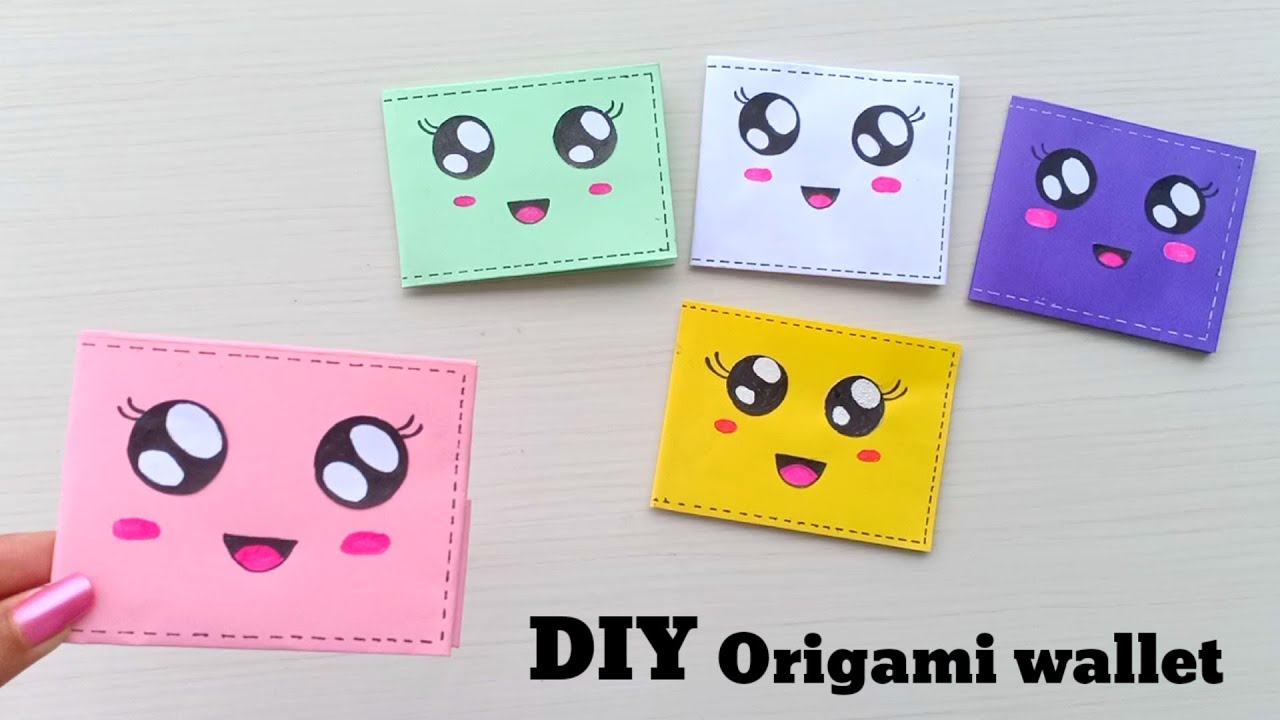
The first step in crafting a paper wallet is generating it securely. Here’s how you can do it, step by step:
- Choose a Wallet Generator: Start by selecting a reliable wallet generator. Websites like WalletGenerator.net or Bitaddress.org are great options. Make sure to access these sites over a secure connection.
- Go Offline: For maximum security, disconnect from the internet once you’re on the wallet generator page. This minimizes the risk of hacking.
- Generate Your Wallet: Follow the on-screen instructions. Usually, you’ll need to move your mouse around or type random characters to generate a unique wallet. This process creates a pair of keys: a public address and a private key.
- Print Your Wallet: Once generated, print your wallet using your printer. Ensure that the printer settings are accurate to avoid any truncation of vital information.
Note: Always double-check that the public and private keys are clearly printed and legible. Once printed, you’ll have a tangible representation of your cryptocurrency wallet!
Now that you’ve generated your wallet, you’re one step closer to safeguarding your digital assets securely!
Also Read This: How to Make Bracelets with Thread Easy DIY Guide on Dailymotion
Step 2: Printing Your Wallet
Now that you've designed your paper wallet, it's time to bring it to life! Printing your wallet correctly is crucial to ensure that all the elements are clear and well-defined. Here’s how to do it:
- Choose the Right Printer: Ideally, use a high-quality inkjet or laser printer. This will ensure that the colors are vivid and the text is sharp.
- Use High-Quality Paper: Opt for thick paper or cardstock (at least 200 GSM). This adds durability and makes your wallet feel more substantial.
- Set the Right Dimensions: Ensure your print settings are adjusted to actual size. Sometimes, printers have a scaling option that might shrink your design. Double-check by measuring after printing.
- Test Print: Before printing your final wallet, do a test print on plain paper. This helps you catch any design flaws or alignment issues.
- Print Your Design: Once everything looks perfect, hit that print button! Ensure there’s no ink smudging and the colors come out as intended.
When done, you'll have a beautifully printed wallet design ready for the next step!
Also Read This: Exploring the Journey of A Very Merry Christmas with the Kardashians on Dailymotion
Step 3: Cutting and Folding the Wallet
With your wallet printed, the next step is to cut and fold it accurately. This is where your paper starts transforming into a functional wallet. Let’s break it down:
- Gather Your Tools: You’ll need a sharp pair of scissors or a craft knife, a ruler, and a bone folder (or something similar) for clean folds.
- Cut Carefully: Using your scissors or craft knife, carefully cut along the edges of your wallet design. Take your time to follow the lines closely to avoid any uneven edges.
- Score the Fold Lines: If your design includes fold lines, use the bone folder to create a score along these lines. This will make folding much easier and neater.
- Fold the Wallet: Start folding along the scored lines. For a tri-fold wallet, fold the outer edges in first, and then fold the wallet in half.
- Ensure Firm Creases: Use your bone folder to press down the folds firmly. This helps in keeping the wallet secure and gives it a polished look.
And just like that, you have a paper wallet that’s not just a piece of art but also ready for use! Now you can move on to the next exciting steps.
Also Read This: Crafting a Paper Camera – A Complete Guide
Step 4: Sealing and Storing Your Wallet
Alright, you’ve crafted your paper wallet, and now it's time for the crucial step of sealing and storing it safely. This process ensures that your wallet remains secure and that your precious private keys don't get compromised.
First things first, let’s seal your wallet. Here’s how to do it:
- Fold Your Wallet: If you haven't already, fold your paper wallet neatly. Ensure that the sections with your private keys and QR codes are tucked inside.
- Use a Secure Adhesive: Grab some strong adhesive tape or a glue stick. Carefully tape all edges of the wallet to prevent any accidental opening.
- Double-Check: Before sealing, double-check that you have everything correct. Make sure your keys are visible on one side for easy scanning.
Now that your wallet is sealed, let’s talk storage. Here are some options:
- Safe or Lockbox: This is the safest option. Store your wallet in a fireproof and waterproof safe.
- Secure Location: If you don’t have a safe, find a hidden spot in your home where no one would think to look.
- Consider Multiple Copies: It’s wise to make a few copies of your wallet and store them in different locations, just in case one gets lost or damaged.
Remember, the goal is to keep your wallet safe from both physical damage and unauthorized access. Your cryptocurrencies are valuable, so treat your paper wallet with care!
Also Read This: Don’t Challenge the Lady Billionaire on Dailymotion: Watch Now
Best Practices for Using a Paper Wallet
Using a paper wallet can be a secure way to store cryptocurrencies, but there are some best practices you should follow to maximize your security and usability.
- Generate Offline: Always create your paper wallet offline. Use a secure computer that isn’t connected to the internet to avoid malware risks.
- Use a Trusted Generator: Choose a reputable wallet generator. Sites like Bitaddress.org or WalletGenerator.net are popular choices.
- Print Securely: If printing your wallet, make sure you’re using a secure printer. Avoid using public printers where someone else could access your keys.
- Test Small Transactions: Before transferring a larger amount, test your wallet with a smaller transaction to ensure everything is working correctly.
- Regularly Check Your Balance: Keep an eye on your wallet balance periodically to detect any unauthorized transactions.
Lastly, always educate yourself about the latest security practices. Cryptocurrency evolves rapidly, and staying informed can help protect your investments. Following these best practices will keep your paper wallet secure and help you enjoy the peace of mind that comes with knowing your assets are safe!
Also Read This: Beginner’s Guide to Easily Upload Videos on Dailymotion
9. Conclusion
Crafting a paper wallet may seem like a daunting task at first, but with the right guidance, it can be both simple and rewarding. By following the steps outlined in this guide, you’ve not only learned how to create a secure storage solution for your cryptocurrency but also gained a deeper understanding of the importance of security in the digital world.
One of the main advantages of using a paper wallet is the peace of mind that comes from having your private keys stored offline. This dramatically reduces the risk of hacking and online theft. However, it’s essential to treat your paper wallet with the same level of care you would a physical cash wallet. Here are a few key takeaways:
- Security First: Always generate your paper wallet in a secure environment.
- Backup: Make multiple copies and store them in different secure locations.
- Test It Out: Send a small amount of cryptocurrency to your wallet to ensure everything is working properly.
In conclusion, a paper wallet can be a fantastic way to keep your cryptocurrency safe, especially for long-term storage. As you venture into the world of digital currencies, remember to stay informed and prioritize security. Happy crafting!
10. Watch on Dailymotion
If you’re more of a visual learner, or perhaps you just want to see the process in action, you’re in luck! There are some fantastic video tutorials available on Dailymotion that guide you through the process of creating a paper wallet step-by-step. Watching someone else perform the steps can make the task feel less intimidating and more engaging.
Here’s why you should check out these videos:
- Visual Instructions: Sometimes, seeing the process can clear up confusion that text alone might leave.
- Expert Tips: Many creators share their personal tips and tricks that can enhance your experience.
- Community Feedback: Engage with the community in the comments section to ask questions or share your own experiences.
So, grab some popcorn, relax, and get ready to dive into the world of paper wallets through video! Just search for “Crafting a Paper Wallet” on Dailymotion, and you’ll find a treasure trove of resources to help you on your journey.
 admin
admin




